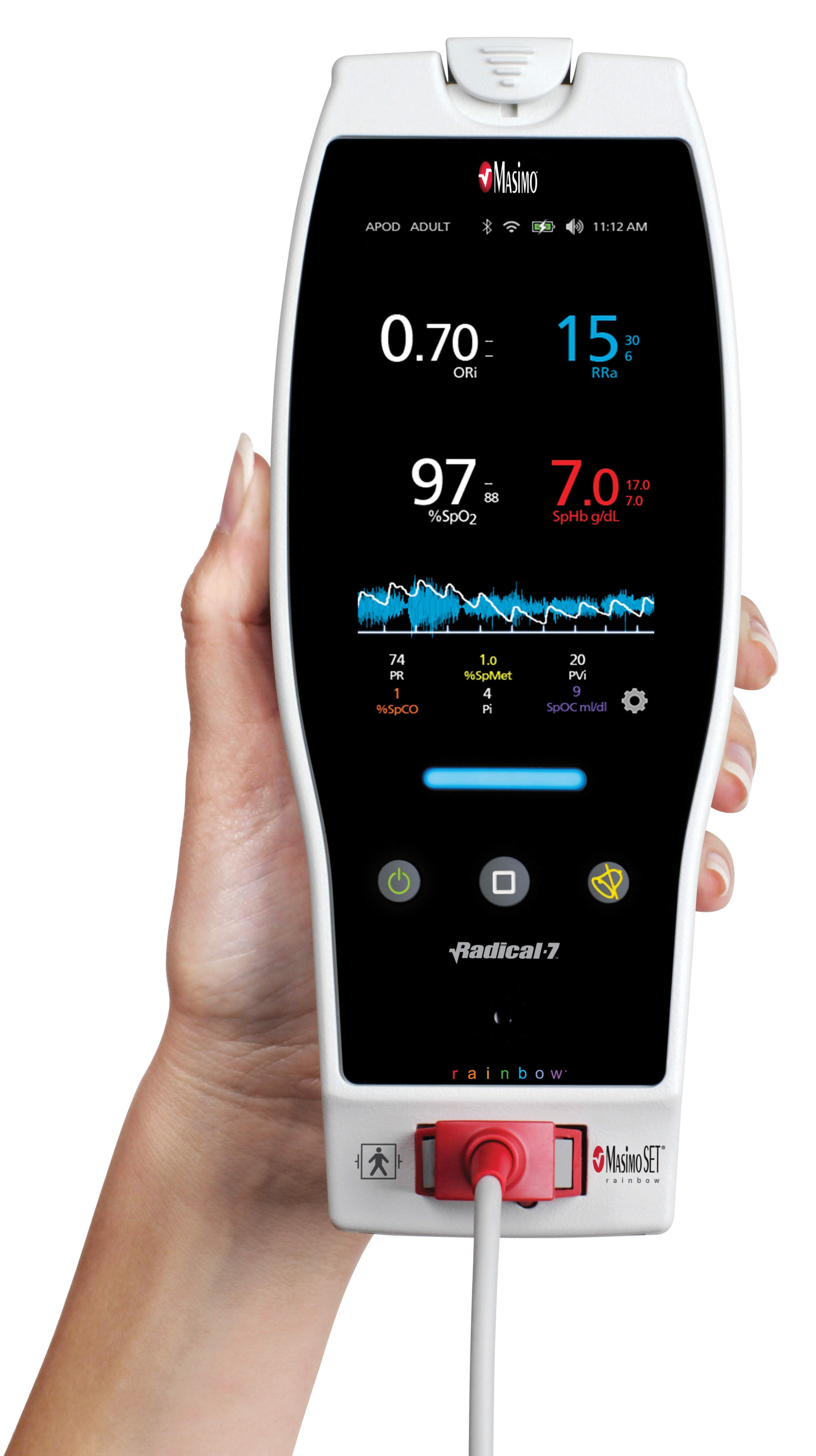
The home monitoring was conducted using Masimo’s SET Measure through motion and low perfusion pulse oximetry.
As part of the study, 161 children with DS aged between 0.5 to 6 years, of whom 25 were separately diagnosed with OSA.
The patients were monitored overnight using Masimo Radical-7 Pulse CO-Oximeters, with pulse oximetry sensors placed on the great toe. Measurements that were recorded included: total artifact-free time analyzed, mean oxygen saturation (SpO2), minimum SpO2, 3% oxyhemoglobin desaturation index (ODI), delta 12s index (the absolute difference between successive 12 second interval recordings, a measure of baseline SpO2 variability) and the number of minutes per hour that SpO2 was below 90%.
Receiver operating curves (ROC) and area under the curve (AUC) statistics were calculated to know which measurements, alone and in combination, predicted OSA status. During the data analysis, researchers did not know which children had separately received diagnosis of OSA.
The researchers found that “the greatest AUC was achieved by the delta 12s index. At a threshold of >0.555, this identified 23/25 (sensitivity 92%) OSA cases and 89/136 true negatives (specificity 65%). The same sensitivity was achieved for 3% ODI with marginally lower specificity of 63% (86/136 true negatives).”
The combined model (delta 12s index, 3% ODI, mean and minimum SpO2) detected all true positives (100% sensitivity) but with lower specificity (53%). This result would lead 60% of the sample population (12 true positives and 18 false negatives) to confirmatory multichannel studies.
The researchers arrived at a conclusion that the universal screening for OSA in children with DS using simple pulse oximetry parameters could halve the number of children requiring specialist multichannel studies. Pulse oximetry is widely available, well tolerated, readily acquired in the home and its adoption could reduce the burden on health services and families alike.
They also noted that the findings specifically apply to parameters generated by Masimo oximeters and cannot be generalized to other devices. Masimo technology extracts motion artifact, which is important in children with DS who are restless sleepers.






